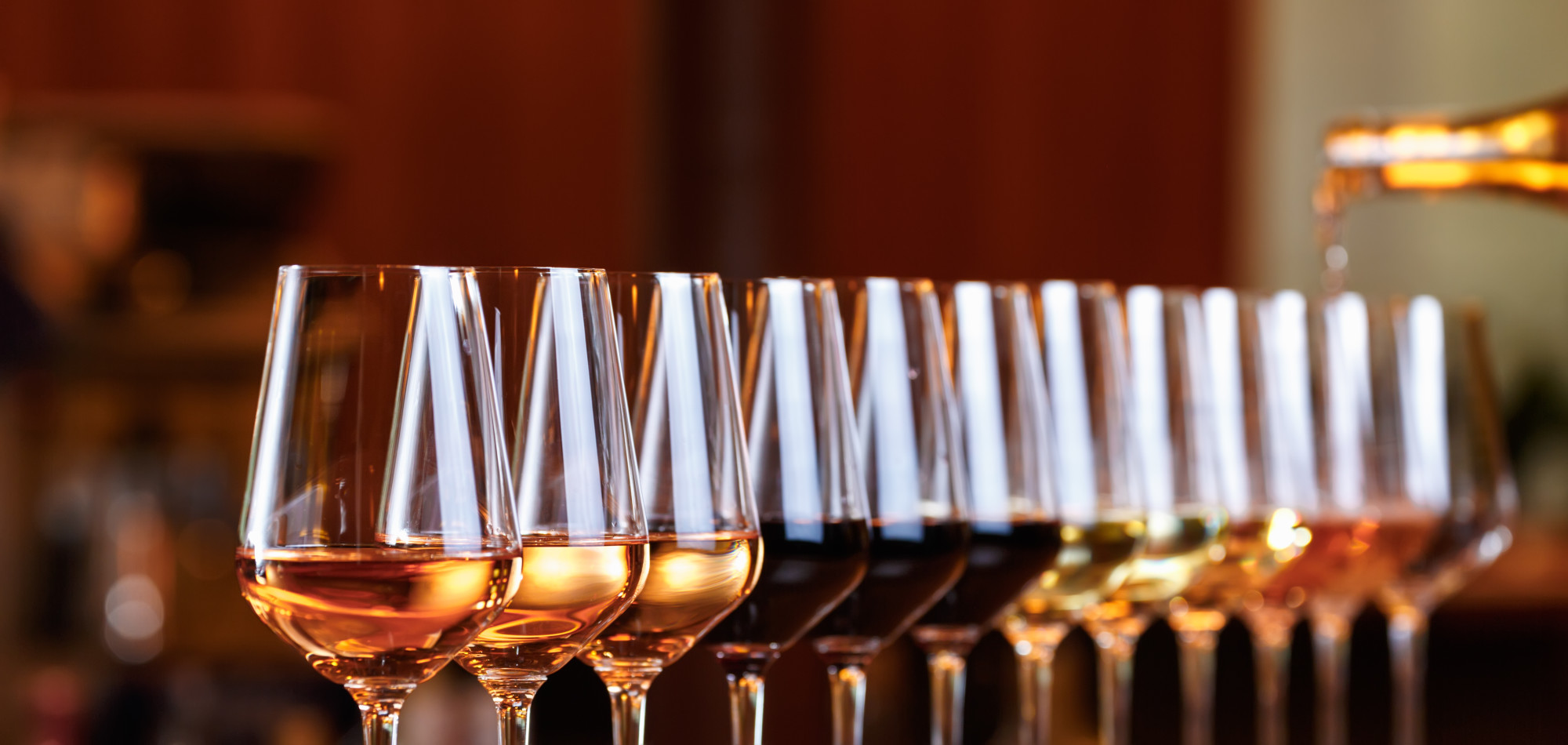Did you know that top tier sommeliers can make up to $80,000 to $160,000 a year for their discerning palates and ability to pair wines perfectly? If becoming a master sommelier isn’t on your bucket list, you can improve your knowledge with these six essential wine tasting terms.
Keep reading to learn key wine terms to sound like a seasoned steward at your next wine tasting.
1. Finish
Wines have a wide range of flavors that change from the first sip to the last. The discerning wine taster will be able to identify the finish or aftertaste. High-quality wines should have a pleasant, long-lasting, and impactful finish.
2. Aroma
Aroma refers to the smell of a wine. When talking about the scent, it’s typical to pick out the specific notes or flavors used in production. Typical aromas are fruity (raspberry, peach, strawberry), herbal (mint, sage, chamomille), or floral (lavender, roses, citrus blossom).
If you want to discover new aromas and flavors of wines, consider going on a wine tour.
3. Body
You’ve likely heard wines described as “full-bodied” before. The term body refers to the sensation of weight or fullness in the mouth. Wine may be light, medium, or full-bodied.
Light-bodied wines, like Riesling, Grenache, and Sauvignon Blanc, are delicate and have a consistency closer to water. Medium-bodied wines, such as Chardonnay, French Burgundy, Pinot Grigio, have a slightly higher alcohol content and feel denser. The heaviest wines are the full-bodied Cabernet Sauvignon, Malbec, and Syrah, and they have the highest alcohol content.
4. Aeration
You should not only be familiar with the term aeration, but you should familiarize yourself with the practice. You need to expose the alcohol to oxygen, and this can be accomplished in different ways. You may use a decanter, swirling the wine in your glass, or pouring it between two pitchers a few times.
The purpose of aeration or allowing the wine to breathe is to enhance the flavor and aroma. Bold red wines and young wines high in tannins benefit from being aerated for 30 minutes to a couple of hours.
5. Pairing
When learning how to talk about wine, you should know how it pairs with food as well. Wine pairings are vital as they can make or break a meal. Here are some guidelines for pairing wines with food:
Red Wine
Red wine pairs well with red meat. This basic rule is convenient to remember. Red wine is bold and goes well with other intensely flavored dishes like roasted duck, barbeque pork, or pizza.
White Wine
As white wine is less intense, it should go with lighter dishes. Pair with chicken, shrimp, sushi, and pasta dishes. It also complements many kinds of hard cheese.
6. Corked
When a bottle of wine is “corked,” that means that it’s been contaminated with cork taint. Cork taint is caused by the growth of a compound called TCA in the cork. Cork taint isn’t harmful to humans, but it does affect the wine.
Corked wine will smell and sometimes taste strongly of wet cardboard or damp newspaper. The flavor will become dull and have a dry finish. Even if you are not an expert when it comes to wine tasting, you’ll likely be able to tell when a wine is corked.
6 Essential Wine Tasting Terms You Should Know
If you’re a sommelier in training or just a casual sipper, you should learn these six wine tasting terms. One of the best ways to learn how to talk about wine is to immerse yourself in the wonderful world of wine and go on tours.
If you liked this article and want to read more about culinary arts and more, check out the rest of our site.







